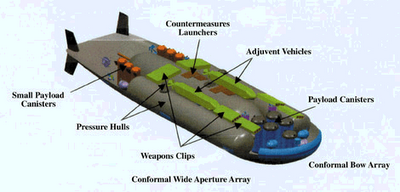 Indonesian military equipment leaves for UN Lebanon force
Indonesian military equipment leaves for UN Lebanon forceBy The Associated Press
Military equipment left Indonesia aboard a United States-flagged ship Saturday ahead of a dispatch of Indonesian troops to join a United Nations peacekeeping mission in Lebanon, American officials said.
About 200 pieces of equipment are bound for Lebanon aboard the SS Wilson, an American-owned ship hired for the mission by the U.S. Navy's Military Sealift Command, a statement from the U.S. Embassy said.
 The equipment included armored personnel carriers, trucks and ambulances, all emblazoned with bright-white UN markings.
The equipment included armored personnel carriers, trucks and ambulances, all emblazoned with bright-white UN markings.Later this month, 850 members of Indonesia's Garuda XXIIIA Troop unit will fly to Lebanon to join peacekeepers from some 20 countries in the UN's Interim Force in Lebanon, known as UNIFIL, the statement said.
"We've been working with the Indonesian military for several weeks to coordinate the arrival of equipment at the port as well as to develop a plan to load it aboard the vessel," the statement quoted Lt. Col. Colice Powell, commander of the U.S. Army's Surface Deployment and Distribution Command, as saying.

Indonesia, the world's most populous Muslim nation, was quick to offer troops to the mission to enforce a cease-fire between Israel and the armed group Hezbollah, months after the two sides fought a month-long war in Lebanon.



